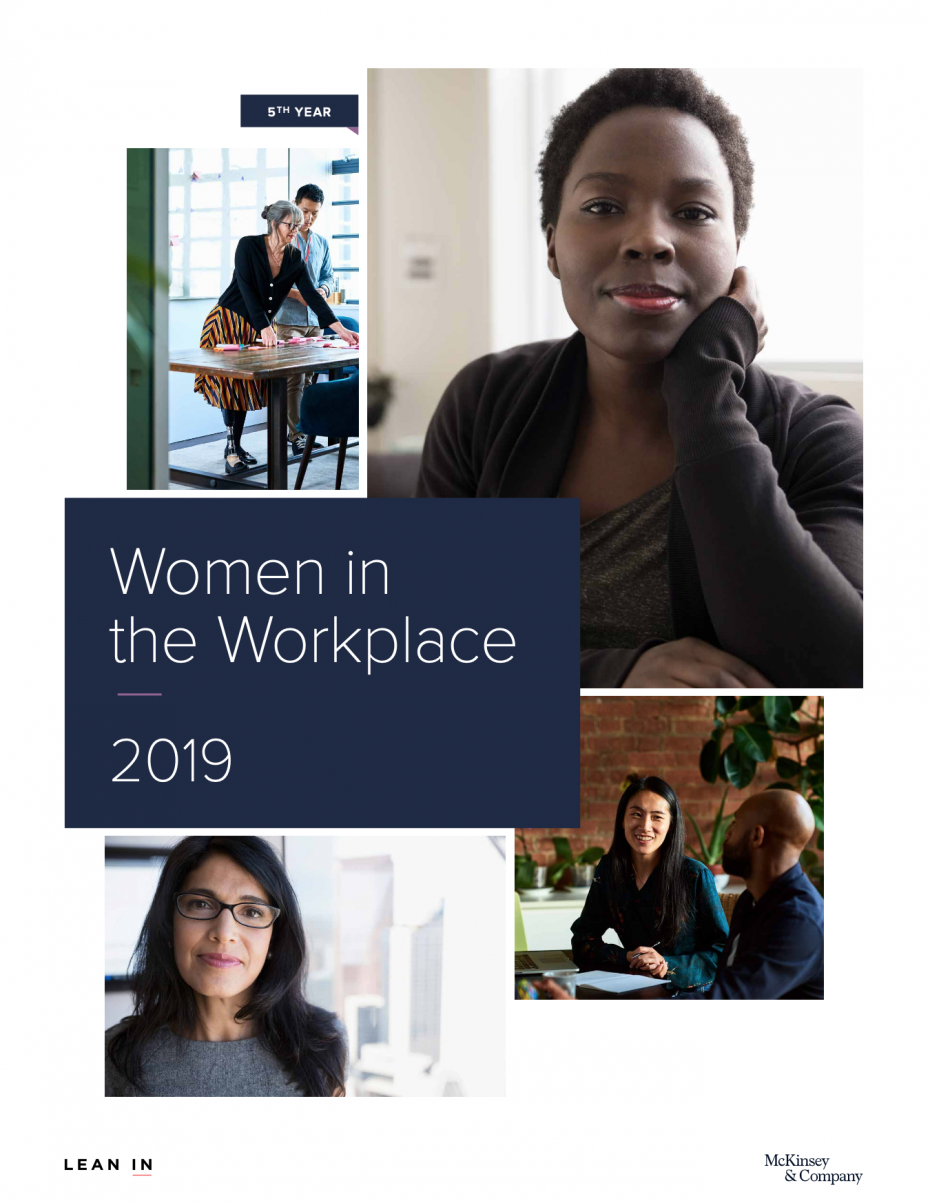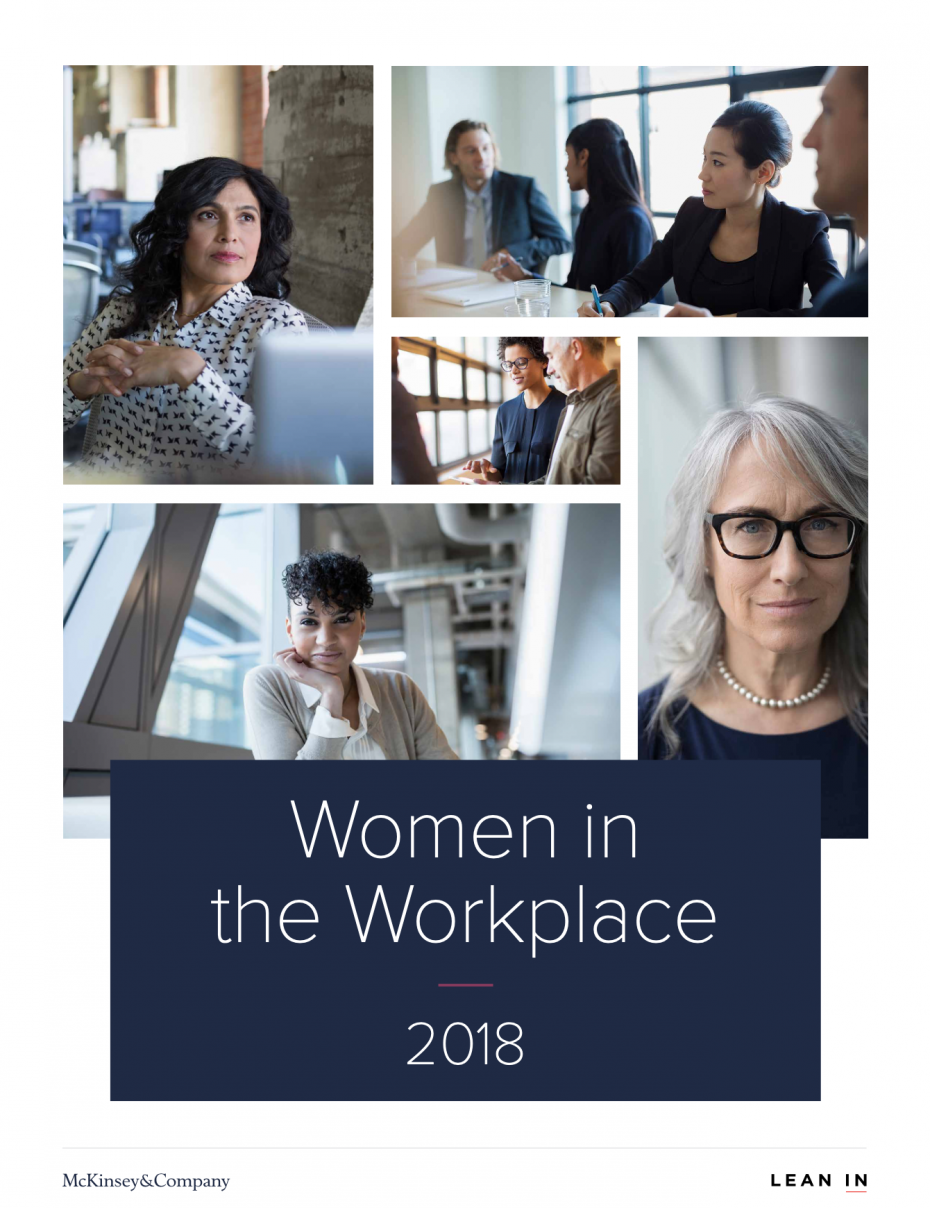Critical Mass: What Happens When Women Start to Rule the World – led by Jay Newton-Small
In sociology, political science and economics studies abound on when the presence of women begins to have an impact. Almost across the board, if there’s less than 20% representation outcomes don’t change. Either the women don’t speak up or the men don’t hear them. But somewhere between 20% and 30% and something called critical mass is attained and suddenly women’s voices are heard. Whether it’s on a Navy ship, in the Senate or on a corporate board, groups function better with diversity. Mixed workforces that have reached critical mass have shown a host of positive outcomes: police shoot and engage in violence less, companies have to restate their earnings less and banks take less risk. Women make up 46% of the workforce, but more than two-thirds of those on minimum wage are women. But, increasingly, women are breaking into management level roles, especially in government jobs. The public sector has leapt frogged ahead of the private sector in recent years and all three branches of the government are approaching critical mass at the same time. In this study group, I’ll examine how women govern, manage, command and lead differently than men and what it means for our future workforce.
Gender Equity in the News Media: Analysis and Recommendations for Newsroom Leaders
This paper analyzes the state of gender equity in the American news media industry today. Sadly, many of the challenges we will describe are not new. In fact, the disservice done to society by the exclusion of women from the reporting of news was raised as early as the 18th century by women suffragists and women’s rights activists in North America as well as Europe. Women first brought a gendered analysis of the mass media to the global stage in the 1970s, when a multipart critique was presented at the 1975World Conference on Women in Mexico City, which opened the UN Decade for Women. Conference speakers stressed the importance of the global mass communications media to “change stereotyped attitudes of men and women” and “eliminate discrimination against women,” and the published report exhorted the mass communication media to “inform the population about new roles for women and their struggle for equity with men” (United Nations, 1975).
LEADERSHIP AND THE NEW SCIENCE: Discovering Order in a Chaotic World Third Edition
Leadership and the New Science is the bestselling guide to applying the new science to organizations and management. The book describes how the new science radically alters our understanding of the world, and how it can teach us to live and work well together in these chaotic times. It will teach you how to move with greater certainty and easier grace into the new forms of organizations and communities that are taking shape.
Women in the Workplace 2019
This year, 329 companies employing more than 13 million people shared their pipeline data or completed a survey of their HR practices. In addition, more than 68,500 employees were surveyed on their workplace experiences, and we interviewed women and men of different races and ethnicities, LGBTQ women and men, and women with disabilities at all levels in their organizations
for additional insights.
Our 2019 findings build on our data from the last four years, as well as similar research conducted by McKinsey & Company in 2012.
Women in the Workplace 2018
For the last four years, companies have reported that they are highly committed to gender diversity. But that commitment has not translated into meaningful progress.
Women continue to be vastly underrepresented at every level. For women of color, it’s even worse. Only about one in five senior leaders is a woman, and one in twenty-five is a woman of color.
Progress isn’t just slow—it’s stalled. And we know why.
Women in the Workplace 2016
In corporate America, women fall behind early and continue to lose ground with every step
7 Leadership Lessons Men Can Learn from Women
Research shows that the prevalence of male senior leaders is not a product of superior leadership talent in men. Rather, large quantitative studies, including meta-analyses, indicate that gender differences in leadership talent are either nonexistent, or they actually favor women.
With this in mind, it would be more logical to flip the suggested remedy: instead of encouraging women to act like male leaders (many of whom are incompetent), we should be asking men in power to adopt some of the more effective leadership behaviors more commonly found in women. This would create a pool of better role models who could pave the way for both competent men and women to advance.
She discovered coronaviruses decades ago—but got little recognition
WHEN JUNE ALMEIDA peered into her electron microscope in 1964, she saw a round, grey dot covered in tiny spokes. She and her colleagues noted that the pegs formed a halo around the virus—much like the sun’s corona.
What she saw would become known as the coronavirus, and Almeida played a pivotal role in identifying it. That feat was all the more remarkable because the 34-year-old scientist never completed her formal education.
Nonprofits Led by People of Color Win Less Grant Money With More Strings (Study)
Organizations led by people of color win less grant money and are trusted less to make decisions about how to spend those funds than groups with white leaders, according to a new report by the consultancy Bridgespan and Echoing Green, an organization that invests in and provides support for leaders of emerging social enterprises.
The differences described in the report are sometimes stark. The authors analyzed three years of informational tax returns of 164 U.S. groups that were winners, finalists, or semifinalists in Echoing Green’s highly competitive fellowship program. They examined three years of funding data for each group that applied from 2012 to 2015 to determine funding levels and other available information. The authors found that white-led groups had budgets that were 24 percent larger than those led by people of color. It also found that groups led by black women received less money than those led by black men or white women.










